Rupert The Bear
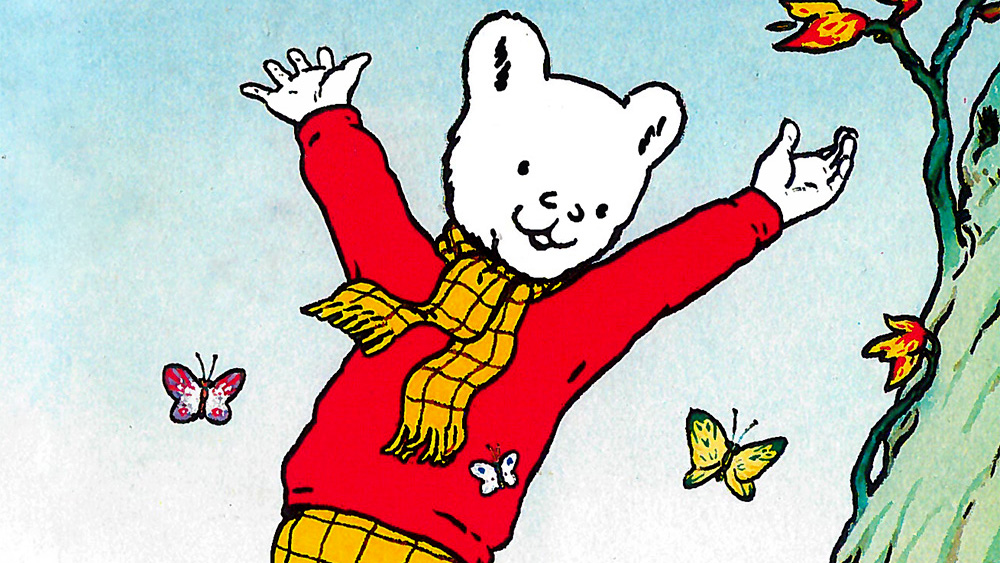
The below is written by David Lister in Grimsby, UK.
Rupert appeared (and still appears) every day in the British newspaper ‘The Daily Express’. It must be one of the longest running children’s cartoons in a newspaper anywhere in the world. In the 1930s there was a vogue for children’s cartoons in British newspapers. Teddy Tail appeared in the Daily Mail and ‘Pip, Squeak and Wilfred’ in the Daily Mirror. The Express decided that they should have their own cartoon and turned to Mary Tourtel, who was the wife of one of their sub-editors. She invented the little bear, Rupert, devising the stories and drawing the illustrations herself.
The first Rupert cartoon appeared on November 8th, 1920. Two drawings appeared each day, with a short text of story beneath them. Mary Toutel continued to draw Rupert until 1935, when her eyesight began to fail. Casting round for someone to take over, the Express asked an artist and magazine illustrator named Alfred Bestall to fill in for six weeks. So Alfred Bestall took over, but the six weeks extended to thirty years until he retired in 1965 and other artists took over. The cartoon continues in the Daily Express to this day.
Rupert continued to appear daily throughout the war, despite the extreme restrictions on the availability of newsprint. The Rupert stories were situated in the idyllic English countryside into which the war was never allowed to intrude and it was thought that Rupert added a little haven of normality in a chaotic world and that he was good for public morale. The number of pictures was, however, reduced to one a day.
Relentlessly, day by day Alfred Bestall drew the cartoons for a small fixed wage. He was a much better artist than Mary Toutel and Rupert slightly changed under his hand. He was a genius at inventing stories that would fascinate children. His stories remain the classic Rupert stories and have never been equalled either in ingenuity or in art.
For Christmas 1936, it was decided to publish an annual containing a collection of the Rupert stories printed in the Express during the previous year. The first Annual was a substantial quarto book in a hard cover, printed in black and white with red tinting. The Rupert Annual has been printed every year since then and it appears around August or September, in time for Christmas. (I still buy mine each year and, except for three early editions, I have a complete set.)
Like the daily cartoon, the Rupert Annual continued throughout the War, although it was reduced to a paper-back, still of quarto size. It was not until 1952 that hard covers were resumed. As if to compensate, in 1942 (at the height of the war) the Rupert Annual came out in full colour, as it still does.
The Rupert Annual was one of the few children’s annuals to survive the war, but when it ended in 1945, it was thought that many new annuals would be introduced and that the Rupert Annual would face competition. It was decided to improve the attraction of the annuals by the introduction of other features, such as games and colouring pages. Alfred Bestall hit upon the idea of including paper folding. He had been interested in folding paper since he was a child, and of course the drawing of the diagrams presented no problem to him.
Even before his death, Alfred was beginning to gain public recognition, and appeared in radio and on television. After he died a Rupert society was founded called the Followers of Rupert, which continues to flourish. Books were published about Rupert and Alfred Bestall, including an ‘Index of Rupert’, which lists every daily cartoon and every episode of every Annual, including cartoons that have been published overseas, as in Holland. There have been many Rupert books of various kinds, which are also listed, but the Rupert Annuals remain the backbone of the Rupert tradition. So far as I know, however, the Rupert Annuals have not so far been republished in the United States, despite the fact that I know Rupert and his stories appeal just as much to American children as they do to British children.
About seven years ago a beautifully produced facsimile of the first Rupert Annual of 1936 was published and this has been continued every year since, so that last year the facsimile for 1943 was reached. Curiously there have sometimes had to be small changes to comply with present day “political correctness” (for example the Golliwog became just Golly). Now even the facsimiles are collector’s pieces and fetch good prices on the second-hand market. But a copy of the first annual in good condition would cost well over £1,000 and with the extremely rare dust cover, would probably fetch much more. The early editions up to about 1945 fetch a hundred or two hundred pounds each, but more recent annuals, especially from 1970 onwards, can be bought second-hand for a few pounds.
I count myself very privileged to have known Alfred Bestall and to have enjoyed Rupert and the Rupert Annuals. They have greatly enriched my paper folding experience for so many years of my life and I remain a Follower of Rupert.

 Synopsis
Synopsis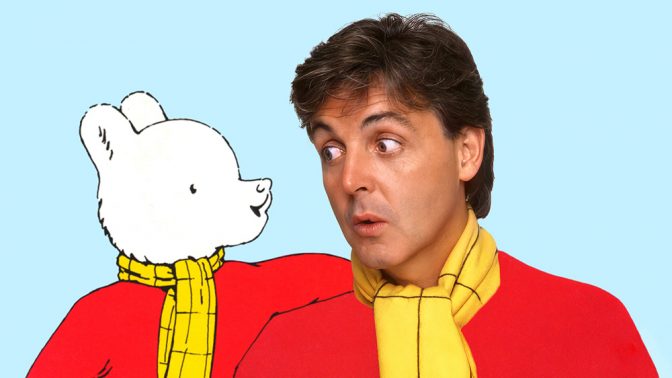 History
History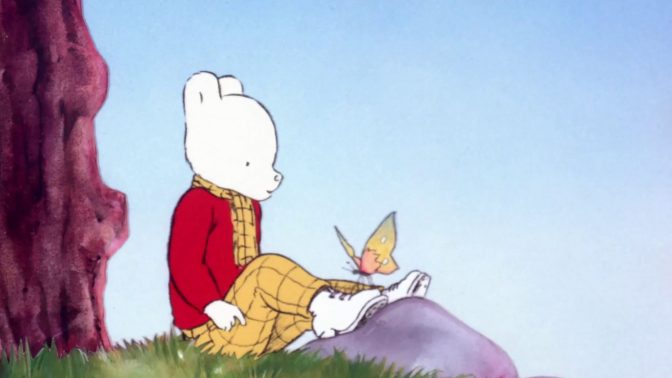 Rupert
Rupert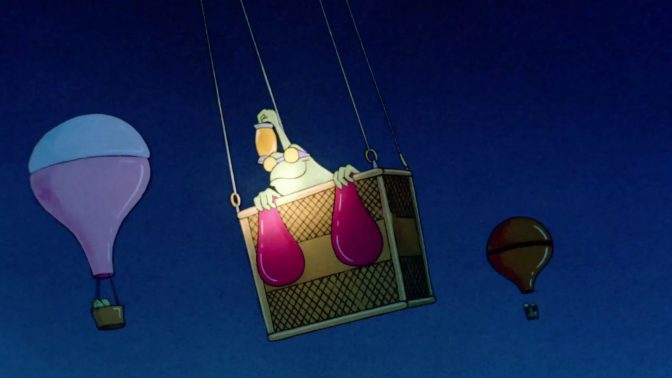 Memories
Memories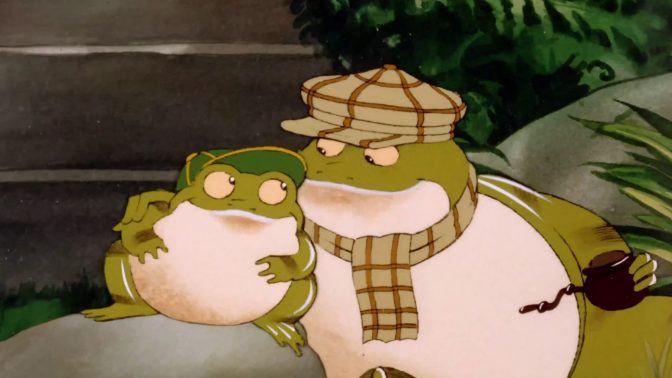 Gallery
Gallery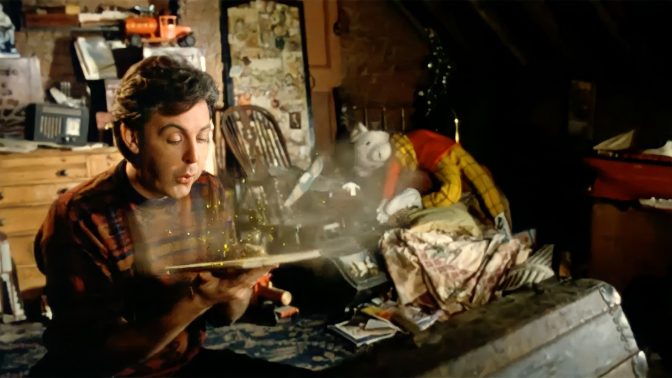 Media
Media